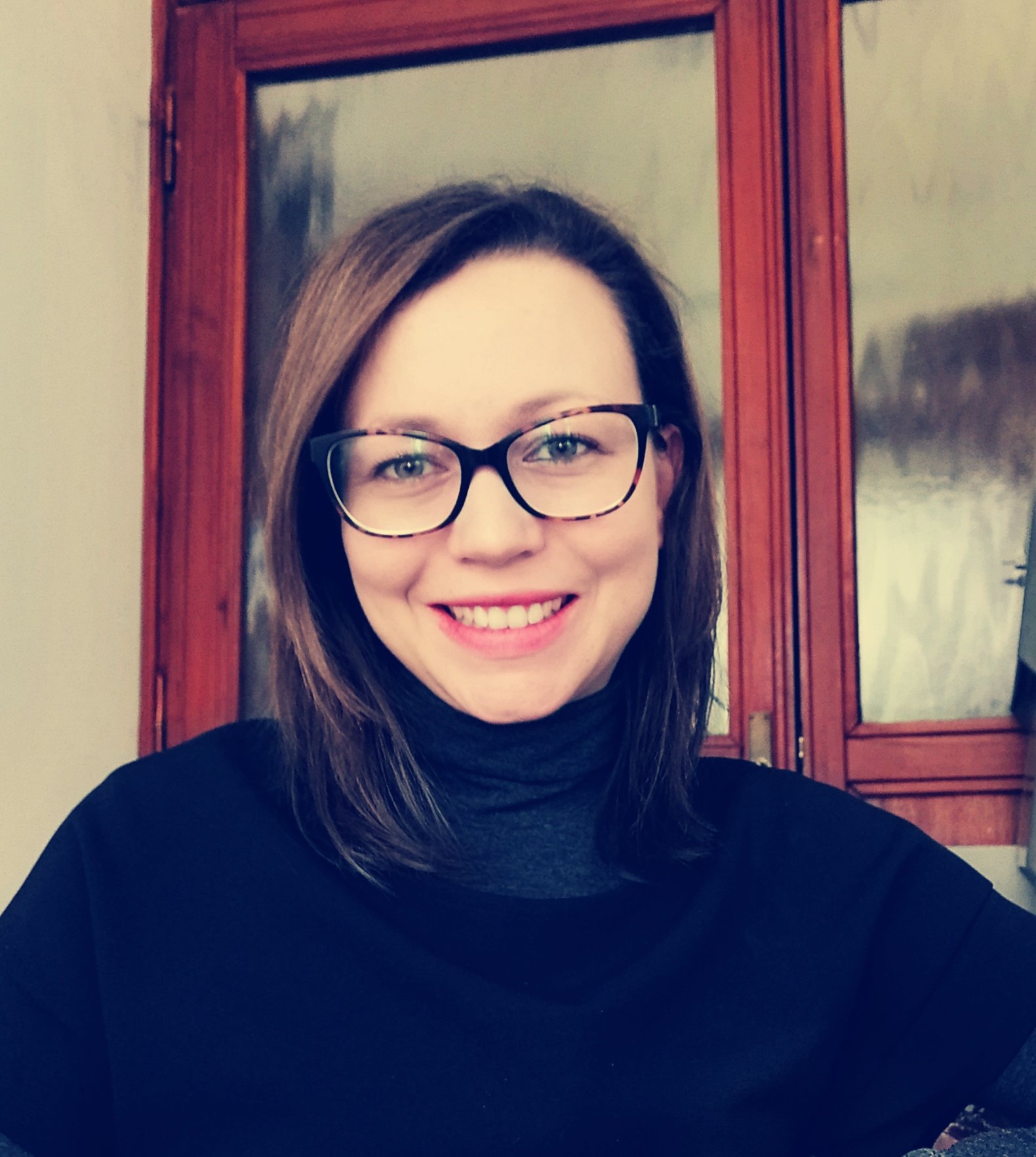2nd Edition of Innovation in Chemical Plant Design
A special issue of Processes (ISSN 2227-9717). This special issue belongs to the section "Chemical Processes and Systems".
Deadline for manuscript submissions: closed (31 May 2025) | Viewed by 23534
Special Issue Editors
Interests: emulsions; nanoparticles; microparticles; nanofibers; drug delivery; biopolymers; food packaging; natural bioactive compounds; innovative technologies; chemical engineering; processes
Special Issues, Collections and Topics in MDPI journals
Interests: drug delivery systems; foams; material science; pharmaceutical material science
Special Issues, Collections and Topics in MDPI journals
Special Issue Information
Dear Colleagues,
The first edition of this Special Issue “Innovation in Chemical Plant Design” collected 11 interesting papers (i.e., 10 articles and 1 review), attracting many potential authors and readers with more than 18,000 views. Due to the large success of the first volume and the high interest in this topic, we decided to propose a second edition of this Special Issue, entitled “2nd Edition of Innovation in Chemical Plant Design.
Chemical engineering can develop solutions for most important problems, providing food, pharmaceutics, potable water, goods, and energy to a growing population. Satisfying these needs via conventional methods would be impossible and potentially disastrous for the planet. Therefore, significant research has been undertaken to improve the productivity and yield of crops, reduce environmental impact, improve energy and water consumption, and enable sustainable use of resources and raw materials.
Generally, the field of application in chemical processes is not considered as innovative as the electronics, communications, and technology sectors. However, in recent years, chemical engineering has experienced serious innovations in areas such as:
- process intensification;
- alternative and clean energy systems;
- sustainable production processes (reduction of waste generation and water consumption, greater energy efficiency and higher yields of the desired product);
- automation systems that can optimize production and quality, reducing production costs;
- nanotechnology and nanomaterials;
- food and agriculture;
- advanced pharmaceuticals;
- more sustainable building and construction materials.
The aim of this Special Issue of Processes on the topic “Innovation in Chemical Plant Design” is to highlight recent innovation in chemical engineering process design and to point out trends and perspectives. Research works about process intensification, alternative and clean energy systems, sustainable production processes, process optimization, novel nanotechnology and nanomaterials, innovation in food production and products for agriculture, novel pharmaceuticals, and innovative materials for buildings are welcome.
Dr. Roberta Campardelli
Dr. Paolo Trucillo
Guest Editors
Manuscript Submission Information
Manuscripts should be submitted online at www.mdpi.com by registering and logging in to this website. Once you are registered, click here to go to the submission form. Manuscripts can be submitted until the deadline. All submissions that pass pre-check are peer-reviewed. Accepted papers will be published continuously in the journal (as soon as accepted) and will be listed together on the special issue website. Research articles, review articles as well as short communications are invited. For planned papers, a title and short abstract (about 100 words) can be sent to the Editorial Office for announcement on this website.
Submitted manuscripts should not have been published previously, nor be under consideration for publication elsewhere (except conference proceedings papers). All manuscripts are thoroughly refereed through a single-blind peer-review process. A guide for authors and other relevant information for submission of manuscripts is available on the Instructions for Authors page. Processes is an international peer-reviewed open access monthly journal published by MDPI.
Please visit the Instructions for Authors page before submitting a manuscript. The Article Processing Charge (APC) for publication in this open access journal is 2400 CHF (Swiss Francs). Submitted papers should be well formatted and use good English. Authors may use MDPI's English editing service prior to publication or during author revisions.
Keywords
- innovative solutions for chemical processes
- clean energy processes
- process optimization
- novel nanotechnologies
- materials for innovative applications
- innovations in food production
- novel agriculture solutions
- life cycle assessment
- novel pharmaceutical formulations process intensification
Benefits of Publishing in a Special Issue
- Ease of navigation: Grouping papers by topic helps scholars navigate broad scope journals more efficiently.
- Greater discoverability: Special Issues support the reach and impact of scientific research. Articles in Special Issues are more discoverable and cited more frequently.
- Expansion of research network: Special Issues facilitate connections among authors, fostering scientific collaborations.
- External promotion: Articles in Special Issues are often promoted through the journal's social media, increasing their visibility.
- Reprint: MDPI Books provides the opportunity to republish successful Special Issues in book format, both online and in print.
Further information on MDPI's Special Issue policies can be found here.






